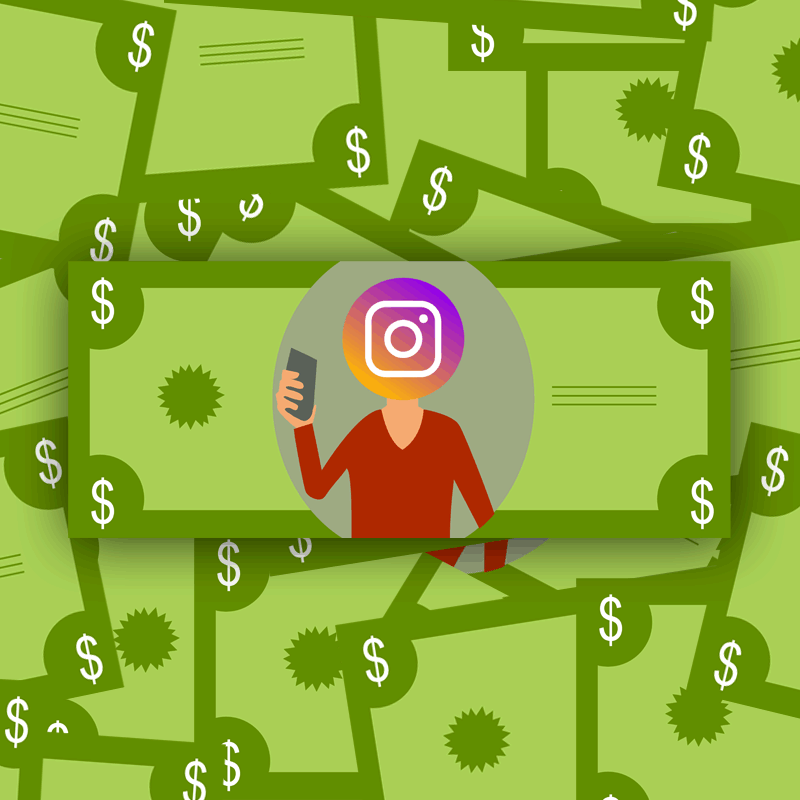
Fraud is nothing new. And on the internet, dealing with people half way across the globe has its own difficulties.
According to a study by a Swedish startup A Good Company and analytics firm HypeAuditor, Instagram, the photo- and video-sharing service, has become the breeding ground for 'fake' influencers.
These people are simply scammers trying to trick people into believing what they really aren't.
To come to their conclusion, the two analyzed 1.84 million social media accounts from 82 countries around the world.
Topping their list, is the U.S. and Brazil. These two have 49 million and 27 million fake influencer accounts, respectively. India came third with 26 million fake accounts, and Indonesia at fourth place with 25 million fake accounts.
The study exposes Instagram as a platform where the majority of so-called 'influencers' frequently boost their metrics artificially to woo endorsements from brands and companies. These people tend to target what marketers often use when choosing influencers, including followers and engagement.
This 'Insta fraud' is estimated to cost marketers close to $750 million globally in a market that should be worth more than $1.7 billion.
This fact is not at all a secret.
In the modern days of the internet, social media has become the gold mine for influencers. And as for Instagram, 'celebgrams' are just more than plenty.
These people can receive endorsements by a multitude of companies selling products. From beauty care products, restaurants, hotels, travel destinations to even automotive and beyond. Companies pay influencers to amplify their marketing messages, thinking that influencers can 'influence' people.
Unfortunately, many of them aren't actually influencers, as most if not many of their followers, as well as the engagements, are artificially generated.
"Unscrupulous people boost their follower numbers by buying followers. Sometimes these are real people, happy to earn extra cash. Other times these are fake accounts set up by bots. No matter how they are created, the fake followers will not engage with the 'influencer’s' posts in any way and are of no value to a brand wanting to work with him or her," according to influencermarketinghub.com.
"Instagram (or indeed the other social networks) cannot eliminate all fake accounts. Determined scammers will always find a way around any security mechanisms Instagram can put in place. So it is up to brands (and indeed genuine influencers) to hunt out and find fake followers."
On its release, the report divided Instagram influencers into three different types:
- Macro influencers: those who have more than a hundred thousand followers.
- Mid influencers: for those who have between 20,000 to 100,000 followers.
- Micro influencers: for those who have between 1,000 to 20,000 followers.
All of these influencers can be all over the place, travelling and documenting to create posts that showcase the best in life places, expensive culinary and more.
For most people, their lives are fascinating because they know how to create the best contents people love. With great angles, lighting and editing, photos and videos created by these celebgrams can indeed be breathtaking.
However, many of those influencers are fake, made to only earn them followers and cash.
"Companies are pouring money into influencer marketing, thinking that they are connecting with real people and not Russian bots. In reality, they are pouring money down the drain and giving away free products to someone who acquired a mass-following overnight," said Anders Ankarlid, CEO of A Good Company.
Instagram has more than 1 billion users. Backed and owned by Facebook which has more than 2 billion users, it's obvious that these influencers are the drivers of the social media's economy.
Further reading: Indonesia Becomes Asia's Biggest Instagram Market